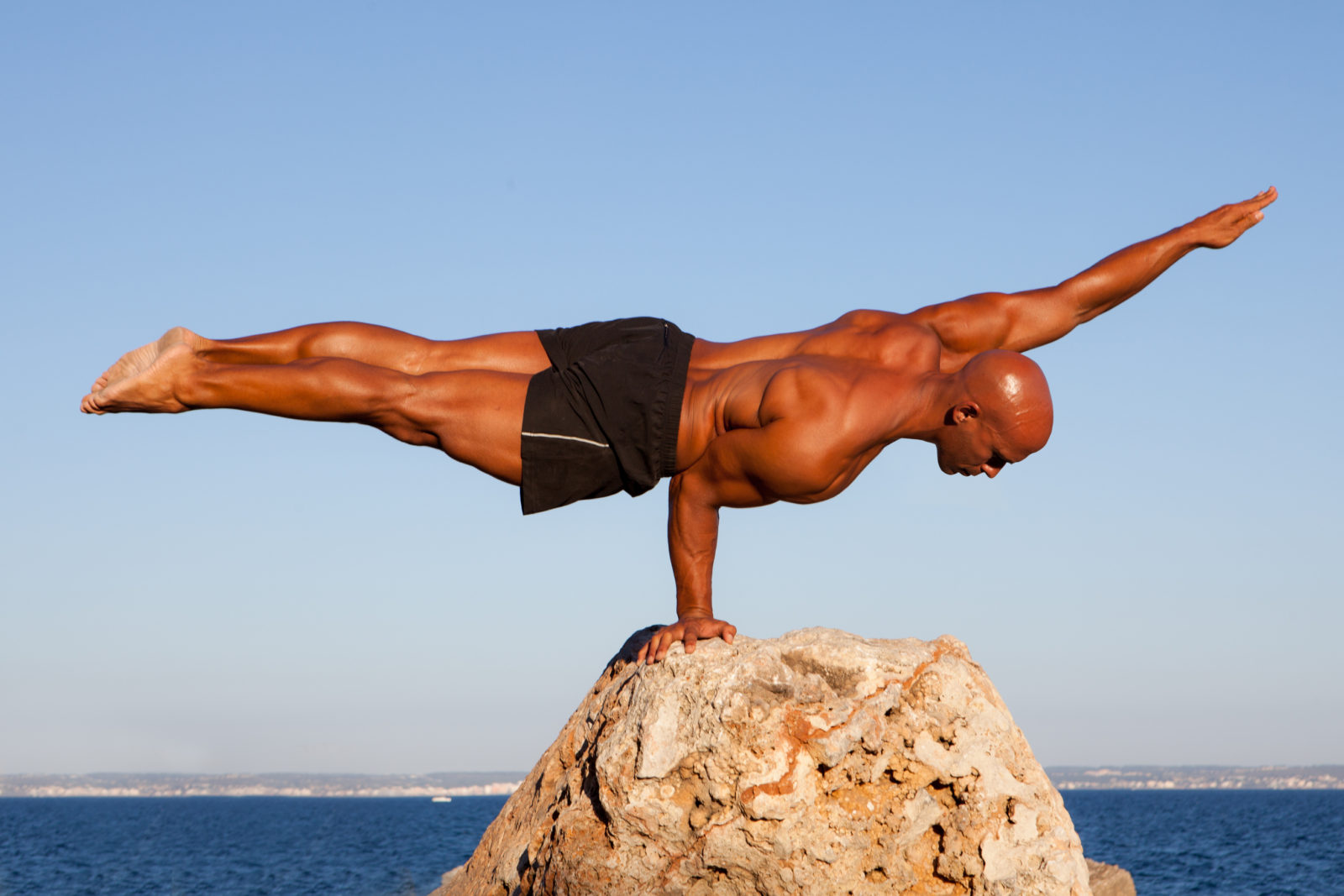Acromioclavicular joint injury is a shoulder issue that can vary from being mildly sore for a few days to extremely painful and can be treated with AC joint physiotherapy.
The acromioclavicular or AC joint, is the joint which connects the collar bone (clavical) to the top of the shoulder blade (acromion). The AC joint is a quite common sporting injury especially in contact sports. Mechanism of injury is usually injured by a fall directly onto the shoulder or from the impact of a tackle. The ligaments that bind the clavicle to the acromion are firstly stretched and if the force is large enough, then torn.
The pain from an AC joint injury is usually described as a sharp pain over the top of the shoulder that is made worse with movements of the arm across the body or lying on the affected shoulder. There may also be clicking in the shoulder or instability depending on the severity.
An AC joint injury can be managed conservatively; however, rare cases may require surgical intervention. This is usually the case if the joint is completely separated/dislocated and the specialist feels that there may be the possibility of the clavicle impinging on vital arteries or nerves. It is important to note that some AC joint dislocations do not require surgery. For some people with chronic AC joint pain/inflammation cortisone injections and AC joint physiotherapy are very effective forms of treatment.
ACROMIOCLAVICULAR JOINT ANATOMY
The AC joint is held in place by the following ligaments: The acromioclavicular ligaments (the superior and inferior ligaments) link the acromion and clavicle.
The coracoclavicular ligaments link the clavicle and the coracoid process of the scapula
The coracoacormial ligaments link the acromion and coracoid process.

SEVERITY GRADE OF INJURY
The AC joint is most frequently damaged following a direct blow to the tip of the shoulder for example a fall or in a sporting situation such as a tackle. The severity of the injury is graded as follows:
Grade 1: Minor strain on the AC ligament. Other structures intact.
Grade 2: Rupture of acromioclavicular ligament and partial tear of coracoclavicular ligament. Minimal detachment of the joint capsule and trapezius muscle with minor elevation of the clavicle.
Grade 3: Rupture of both ligaments and joint capsule with detachment of the trapezius and deltoid muscles. Clavicle elevated significantly (but less than twice the normal distance between the clavicle and coracoid process).
Grade 4: Rupture of all ligaments and joint capsule, detachment of trapezius and deltoid. Clavicle projecting posteriorly into the trapezius muscle.
Grade 5: Rupture of all ligaments and joint capsule, detachment of trapezius and deltoid muscles with the clavicle elevated significantly (with more than double the usual distance between the clavicle and coracoid process).
Grade 6: A rare condition including rupture of all ligaments, capsule and detachment of deltoid and trapezius as well as the displacement of the coracoids inferiorly (behind the coracobrachialis and biceps tendon).
This descriptive classification system was created by Rockwood in 1998 to update the previously used 3-point grading system described by Allman (1967) and Tossy (1963).
When it comes to treatment, the general consensus is that most injuries grade III and above are treated surgically. Depending on the severity of a grade III injury as well as other factors relating to the patient, some specialists may choose to opt for a conservative method of rehabilitation.
These injuries, including grade I and II injuries require an AC joint physiotherapy program to retrain the shoulder stabilisers and allow the patient to return to pain free function.
AC joint physiotherapy treatment generally involves manual therapy and exercise (including functional movement retraining and sports specific exercises). The prognosis can vary between 6 and 12 weeks for grade I to grade III injuries. The more severe cases of AC joint injuries requiring surgery may take several weeks or months longer. Regardless of whether, surgery or injections are required rehabilitation of the shoulder post AC joint injury is very important.
Your physiotherapist will do a comprehensive assessment of your shoulder and address any muscle or joint dysfunction and retrain biomechanical movement patterns after injury. AC joint physiotherapy involves options such as massage, joint mobilisation, dry needling and hands on technique correction may all be utilised in the rehabilitation process. The rehabilitation of the AC joint can take up to 3-6 weeks dependent on the severity and type of sport that the patient is returning to. Ultimately, AC joint physiotherapy is vital for restoring strength and function to the shoulder joint.
TAPING OF AN ACROMIOCLAVICULAR JOINT INJURY
As sports physiotherapists, Pivotal Motion Physiotherapy presents this YouTube video on how to tape for the AC joint for sporting and pain relief purposes.
Normally 2 anchors from the anterior chest to the mid of the scapular (shoulder blade) with gentle compression is effective to improve the positioning of the AC joint therefore pain and function will improve.
The taping over the deltoid are not always important however can give an uplifting effect to assist with stabilising of the joint.
If you are suffering from a shoulder injury, our friendly and qualified physiotherapist can help! Book an appointment online or call us today on 07 3352 5116.

